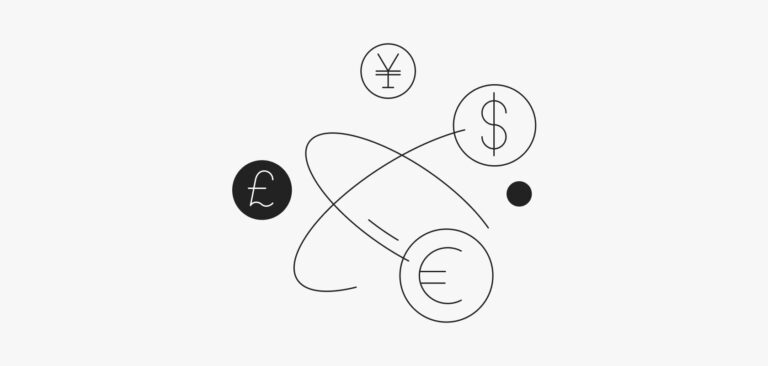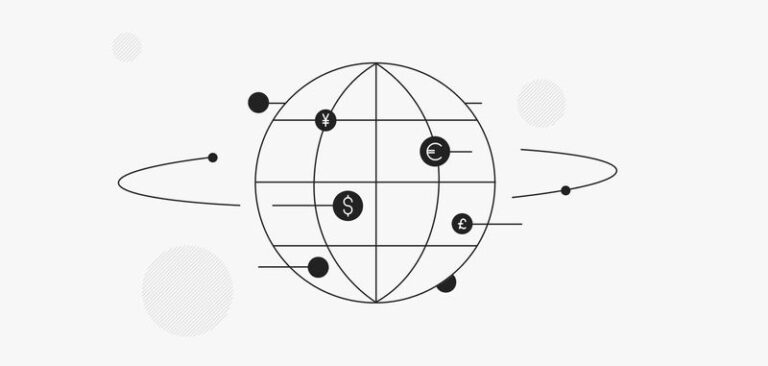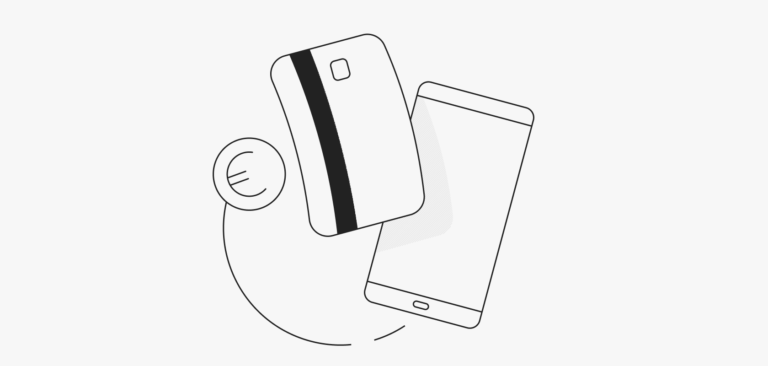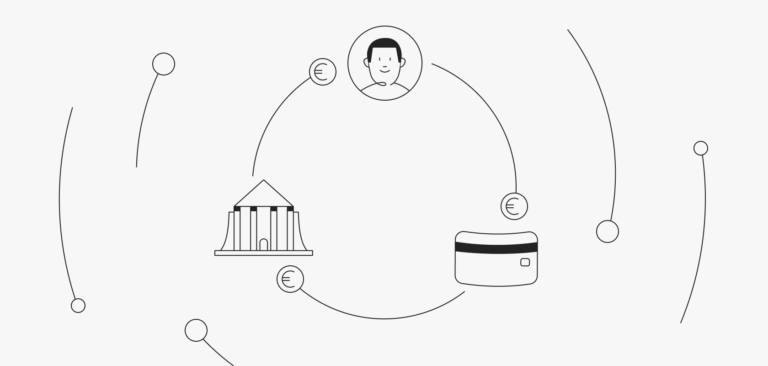How to Calculate an Exchange Rate
Exchange rates are constantly fluctuating as currencies are actively traded around the world. This means how much your currency is worth can vary at any given time, much like stocks or gold. Learning how to find, read, and calculate exchange rates is essential to knowing how much your currency is worth and getting the best value from your international transactions.
In this guide, we show you how to read and calculate an exchange rate, the different types of exchange rates, and what factors affect a country’s exchange rate. We also explain how to compare the market exchange rate with what you’re getting from banks or currency exchange shops, so you can save money and walk away with the best deal possible.
What determines currency exchange rates?
Exchange rates for each currency are determined by foreign exchange (forex) trading. All day, every day, banks, money managers, and hedge funds buy and sell currencies from all over the world. These trades result in currencies flowing in and out of different economies. Because it’s happening day in, and day out, exchange rates are constantly fluctuating for most currencies.
To give you an idea of the scale of forex trading, the foreign exchange market is about 25x larger than all the world’s stock markets. It includes small transactions, like travelers trading their home currency for the local currency of where they are, as well as large transactions, like when a business locks in an exchange rate.
How to find and read market exchange rates?
If you need a foreign currency, you can search for the market exchange rate to find out how much of your local currency you need to buy it. The market exchange rate effectively sets a currency’s value. You can find this rate online, at banks, airports, or in currency exchange shops.
Currency values are always relative to one another, so exchange rates are presented in pairs with one currency quoted against the other. For example, if you’re living in the USA and traveling to the Eurozone, you’ll want to exchange US dollars for euros.
In this case, the pair you’ll be looking for is EUR/USD.
The first currency in a pair, called the base currency, signifies one unit of that currency. In the above example, that’s 1€. The second pair in the currency, in this case, the USD, is called the quote currency. The exchange rate shows you how much of the quoted currency you need to buy one unit of the base currency.
How to calculate exchange rates?
Finding the market exchange rate is one thing, but calculating it is another. Let’s look at some examples to make calculating exchange rates easier. We’ll continue with the popular currency pairing of EUR/USD.
- If the EUR/USD exchange rate is 1.09, it means that it costs 1.09 USD to get one euro. In other words, you’ll need to spend $1.09 to get 1€. Easy.
- But what if you want to know how many euros it costs to buy $1?
You can use this formula:
1 ÷ [exchange rate] = [amount you need to buy one unit]
So, in this case: 1 ÷ 1.09 = 0.92.
This means it costs just 0.92€ to buy $1.
Example 1: Converting euro to USD
Let’s say you live in France and want to donate 1,000€ to a charity in the USA. You’d like to calculate how much USD your 1,000€ will get.
You check the exchange rate from EUR to USD and it’s 1.09. This means that every 1€ earns you $1.09.
You can use the following formula to find out how much USD you will get for your 1,000€:
[amount you want to exchange i.e. 1,000€] X [exchange rate i.e. 1.09]
= [amount you’ll have after the exchange]
So, in this case: [1,000€] X [1.09] = [$1,090]
This means your 1,000€ will get $1,090.
Example 2: Converting USD to euro
Let’s say you live in California and you’re planning a tour around Italy. The tour costs 5,000€. You’d like to know how much USD you’ll have to spend to pay off the money for your tour.
You check the exchange rate from USD to EUR and it’s 0.92. This means that every $1 you have earns you 0.92€.
You can use the following formula to find out how much USD you’ll need to get your 5,000€:
[amount you need after exchanging i.e. 5,000€] ÷ [exchange rate i.e. 0.92]
= [amount you need to exchange]
So, in this case: [5,000€] ÷ [0.92] = [$5,434]
This means you’ll need $5,434 to pay off your 5,000€ tour.
How to calculate an exchange rate’s markup?
Even if you know the exchange rate, you’re unlikely to get the same rate when converting currencies at a bank or currency exchange shop. This is because these places will often mark up the price to compensate themselves for the service.
If the USD/EUR price is 0.92, it means the forex market has determined that it costs 0.92€ to buy $1. At a bank or currency exchange shop, however, it may cost you 0.95€. The difference between the market rate and the rate charged by the bank is the profit they’ll be pocketing for the service.
To calculate how much an exchange rate has been marked up, you can use this formula:
([bank rate] – [market rate]) ÷ [market rate] X 100
= markup percentage
In this case: ([0.95] – [0.92]) ÷ [0.92] X 100 = 3% markup.
If you find that the rate given by a bank or currency exchange shop seems unreasonably high, it may be worth shopping around for a rate that’s closer to the market exchange rate. This can save you money, especially if you’re converting large amounts of cash.
The two types of exchange rates
There are two different types of exchange rates: flexible and fixed. To give you a brief idea of the differences, we have summarized each type below.
Flexible exchange rates
Flexible exchange rates are based on a country’s supply and demand. These currencies self-correct based on changes in the economy. If there is little demand for that currency, its value will decrease. As a result, imported goods in that country will be more expensive, leading people to turn to local goods and services instead. This generates more jobs locally and results in a market correction. This cycle will happen often so a flexible exchange rate will always be changing.
When a country has a flexible exchange rate, it means its central bank or government isn’t regulating or fixing the rate. As a result, it’s influenced by the forex market. Countries with flexible exchange rates include the US, UK, EU Monetary Union nations, Australia, and Poland.
Fixed exchange rates
Countries with fixed exchange rates have an official exchange rate that’s set and maintained by the government. This is usually pegged against a major currency, such as the USD. In this case, the country’s central bank will actively buy and sell its currency on the forex market in return for the currency it’s determined against.
For example, if a country has a fixed rate equal to 3 USD, they will supply themselves with enough USD to maintain that exchange rate in the market. Fixed rates help maintain the smooth flow of currency, regulate market fluctuations, and avoid deflation.
Countries with a fixed exchange rate include Saudi Arabia, UAE, Hong Kong, Cuba, Belize, and Panama.
What influences a currency’s exchange rate?
Exchange rates shift multiple times a day depending on how they’re traded on the forex market. This is driven by the global economy. A currency that’s in demand will have a higher value on the market.
There are a few factors that influence how exchange rates are calculated:
Interest rates
Higher interest rates generally result in a higher exchange rate. This is because lenders receive a bigger return in countries with high-interest rates compared to other economies. This motivates them to spend more in that country, leading to more foreign capital pouring into that economy and an increased exchange rate.
Lower interest rates usually have the opposite effect. As interest rates decrease, so does the exchange rate. Basically, high-interest rates can make a country’s currency more valuable.
Economic stability
Countries with strong economies often have higher exchange rates. This is usually because more people are buying their goods and services, which means more international currency is flowing into the local economy. On the other hand, countries with large debts or political/economic instability often have lower exchange rates. This is because investors are less willing to pour their capital into those countries.
Money circulation
This refers to how much money a country’s central bank is creating. Having too much cash in circulation often leads to a lower exchange rate as the currency is devalued. Because there’s so much of it on the market, it’s not worth as much when exchanged internationally.
Summing up
The world of forex is complicated, so it’s best to keep it simple. If you plan on traveling and want to calculate exchange rates, here are the key points to remember:
- Look up the country’s exchange rate before you travel. You can find this online, in banks, currency exchange shops, or at airports.
- The market exchange rate will be different from that offered by banks or currency exchange services. This is because they take a percentage as a profit.
- Use the currency conversion formulas in this article to calculate how much you’d get for your currency if you were trading it on the forex market.
- When exchanging money in a bank or currency exchange service, check their rate and work out the markup percentage using the formula given in this article.
- Try to search for places with exchange rates that closely match those offered by the market.
- Remember that the first currency listed in a pair is equal to one unit. The second currency refers to how much you’ll need of that currency to buy one unit of the first.
Get the best exchange rate, always
When you’re traveling, you might not always have the time to calculate currency conversions and chase the best exchange rate. With ZEN, you know you’re getting the best possible purchasing and selling rates, every time.
Our multi-currency account lets you buy, exchange, and manage 29+ currencies from a single account. With a simple mobile app, you can instantly exchange your money at the lowest rates on the market. And when you pay in foreign currencies, exchange, or withdraw from ATMs abroad, you won’t have to pay any additional fees. That’s more money in your personal account and more money for your travels.
Get the ZEN.COM app and set up your multi-currency account now. It’s a short and simple process – exactly how currency exchange should be in a globalized world.




